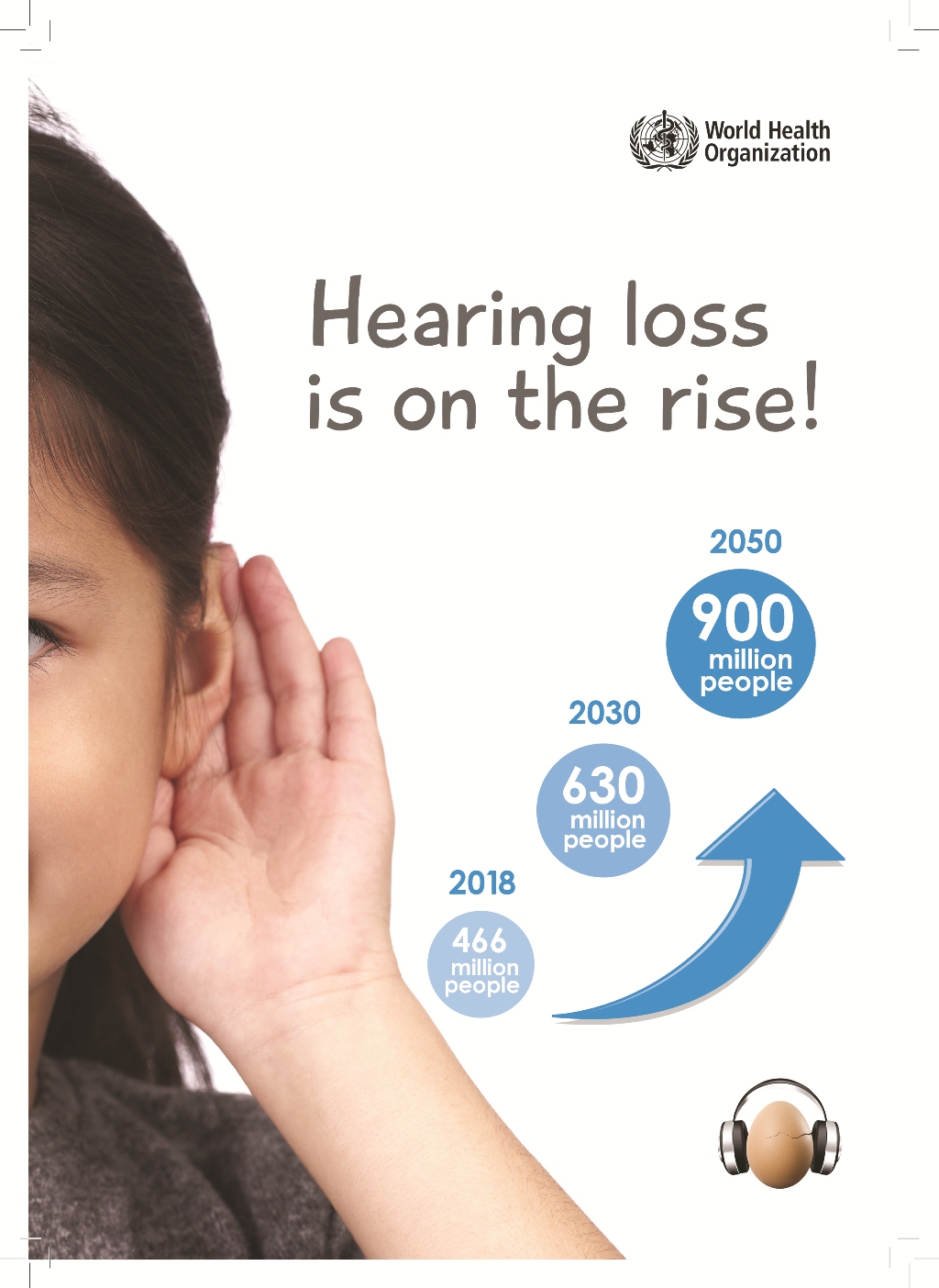UNIT 1: WHY WORLD HEARING DAY MATTERS?

Approximately 466 million people live with disabling hearing loss. An overwhelming majority of them reside in low- and middle-income countries and commonly lack access to required services and interventions. Unaddressed hearing loss is the leading cause of morbidity and poses an annual cost of $750 billion globally.
It is expected that the prevalence of hearing loss will rise considerably in coming decades due to changing population demographics, increasing exposure to risk factors such as recreational noise, as well as persistence of untreated ear conditions such as otitis media.
Many of the causes that lead to hearing loss are preventable. In children, 60% of hearing loss can be prevented through public health strategies. Those who have hearing loss can greatly benefit from timely and appropriate interventions. Effective implementation of proven strategies to prevent hearing loss and rehabilitation of those with irreversible impairments require a number of public health measures to be put in place, including the integration of high quality, comprehensive ear and hearing care services into national health systems.
Hearing care and hearing loss were highlighted as a public health issue with the adoption of the resolution (WHA70.13) on prevention of deafness and hearing loss during the World Health Assembly in 2017. This resolution calls upon WHO and its Member States to undertake advocacy through World Hearing Day on 3 March.
Source: World Health Organization




